Top speed 368 km/h Length 14 m First flight February 25, 1938 Number of seats 3 | Wingspan 17 m Engine type Radial engine Manufacturer Blohm + Voss | |
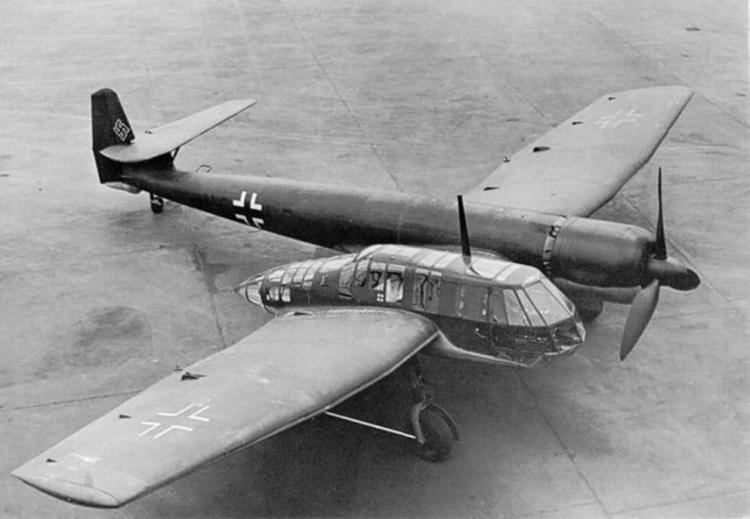 | ||
The Blohm & Voss BV 141 was a World War II German tactical reconnaissance aircraft. It is notable for its uncommon structural asymmetry. Although the Blohm & Voss BV 141 performed well, it was never ordered into full-scale production, for reasons that included the unavailability of the preferred engine and competition from another tactical reconnaissance aircraft, the Focke-Wulf Fw 189.
Contents
- Development
- Design
- Operational history
- Variants
- Prototypes
- Pre series BV 141 A 0
- Pre series BV 141 B 0
- Series BV 141 B 1
- Specifications BV 141 B 02 V10
- References
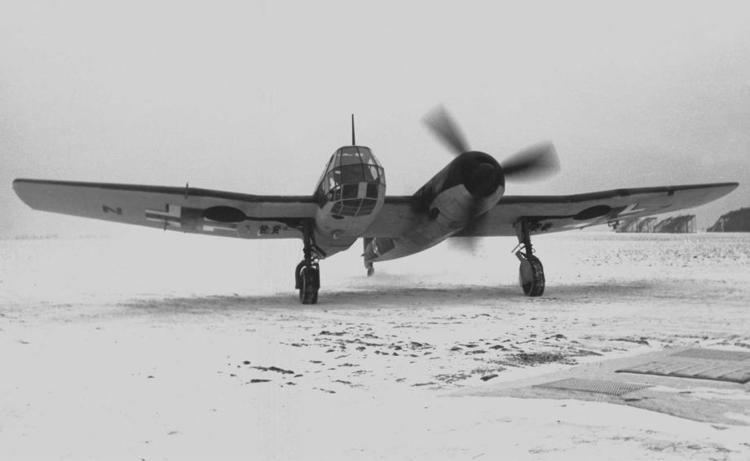
Development
In 1937, the German Air Ministry – the Reichsluftfahrtministerium (RLM) – issued a specification for a single-engine reconnaissance aircraft with optimal visual characteristics. The preferred contractor was Arado with the Ar 198, but the prototype proved unsuccessful. The eventual winner was the Focke-Wulf Fw 189 Uhu; even though its twin-boom design using two smaller engines did not match the requirement of a single engined aircraft. Blohm & Voss (Hamburger Flugzeugbau) although not invited to participate, pursued as a private venture something far more radical. The proposal of chief designer Dr. Richard Vogt was the uniquely asymmetric BV 141.
Design
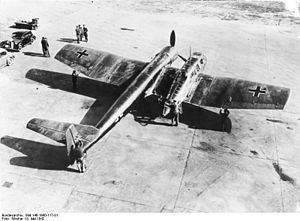
The perspex-glazed crew gondola on the starboard side strongly resembled that found on the Fw 189, and housed the pilot, observer and rear gunner, while the fuselage on the port side led smoothly from the BMW 132N radial engine to a tail unit.
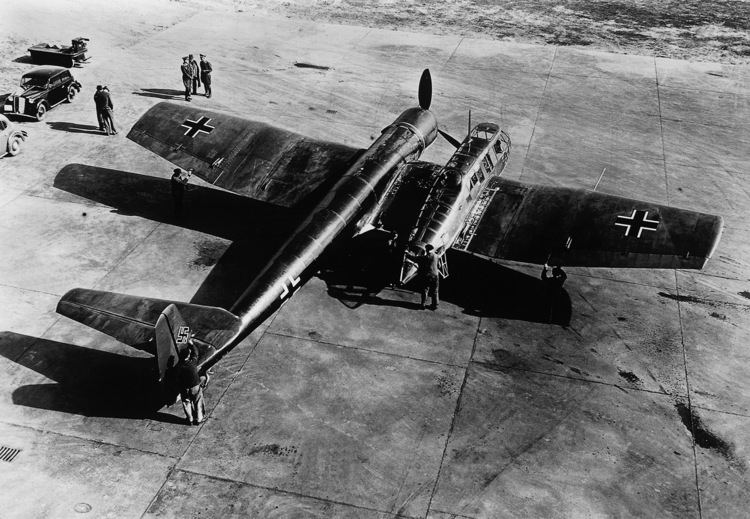
At first glance, the placement of weight would have induced tendency to roll, but the weight was evenly supported by lift from the wings.
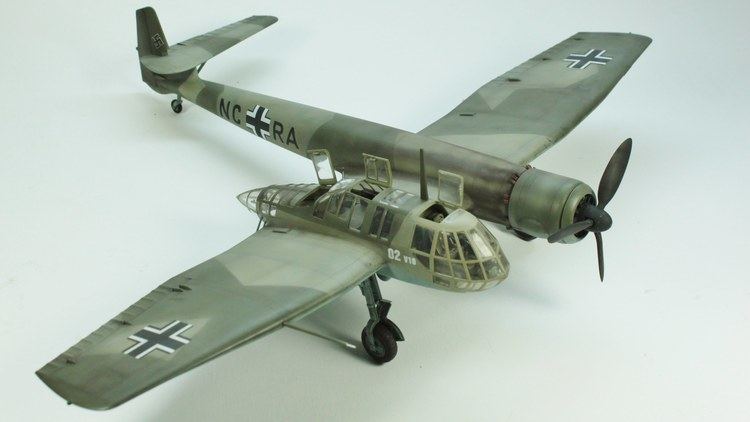
In terms of thrust vs drag asymmetry, the countering of induced yaw was a more complicated matter. At low airspeed, it was calculated to be mostly alleviated because of a phenomenon known as P-factor, while at normal airspeed it proved to be easily controlled with trimming.
The tailplane was symmetrical at first, but in the 141B it became asymmetrical – starboard tailplane virtually removed – to improve the rear gunner's field of view and fire.
Operational history
Three prototypes and an evaluation batch of five BV 141As were produced, backed personally by Ernst Udet, but the RLM decided on 4 April 1940 that they were underpowered, although it was also noted they otherwise exceeded the requirements. By the time a batch of 12 BV 141Bs were built with the more powerful BMW 801 engines, they were too late to make an impression, as RLM already decided to put the Fw 189 into production. Indeed, an urgent need for BMW 801 engines for use in the Fw 190 fighter aircraft reduced the chance of the BV 141B being produced in quantity.
Vogt came up with several other asymmetric designs, including the piston-jet P.194.01, but none of those was actually built.
Several wrecked BV 141s were found by advancing Allied forces. One was captured by British forces and sent to England for examination. No examples survive today.
Variants
Contrary to much that has been written, all 20 BV 141Bs ordered were produced and delivered. There exists a complete record of BV 141 production with: either a German civil registration number or pre-military, four letter Stammkennzeichen factory radio code number.
Prototypes
Pre-series BV 141 A-0
Pre-series BV 141 B-0
The first to have BMW 801 engine. About 2 m longer and 2 m wider than A-05.
Series BV 141 B-1
Specifications (BV 141 B-02 [V10])
Data from
General characteristics
Performance
